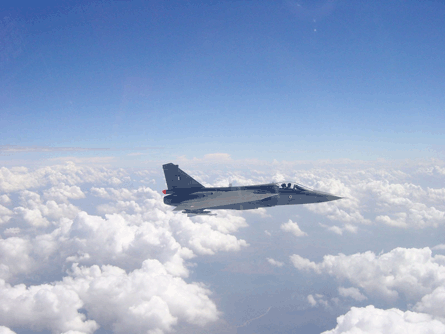India will opt for a foreign powerplant for the first seven squadrons of its Tejas light combat aircraft (LCA), increasing doubts over the status and viability of the indigenous Kaveri engine programme.
"For the next six to seven years, the Kaveri programme will be decoupled from the LCA programme. This is to allow the LCA to reach its own targets and without being held back by the problems with the Kaveri," says P S Subramanyam, programme director [combat aircraft] at India's Aeronautical Development Agency, which is responsible for the Tejas's design and development.
"While we remain committed to the Kaveri programme over the long run, we think that it will take some time to be ready for our aircraft. Therefore, we have decided that the first seven squadrons of the Tejas will use a foreign engine."
The ADA is eager to deliver the first Tejas, which has also been plagued by delays, early in 2011. That is the main reason for the decision to push aside the Kaveri.
 |
|---|
© ADA |
That is a significant, but not unexpected, setback for the engine programme. India embarked on the Kaveri in 1986 to develop an indigenous engine to power the Tejas and all future Indian fighter aircraft. However, technical problems - which were never been fully explained - have plagued it from the start and the engine failed its high-altitude tests in 2004. Industry sources say that there were problems with the turbine blades and that the powerplant failed to reach the required thrust.
The Gas Turbine Research Establishment, which is responsible for developing the Kaveri, initially sought Russia's help to push the programme forward. It has been in talks with France's Snecma to tap the European company's expertise but has yet to secure an agreement.
As a result, the ADA ordered the General Electric F404 engines for the Tejas prototypes and the first squadron of 20 fighters. It also has an ongoing competition to choose between the Eurojet EJ200 and GE F414, which can provide up to 23,000lb (102kN) of thrust, although that requirement is to rise from engines for 20 aircraft to 120.
India's army and navy could order up to 220 LCAs. Subramanyam says that this means the Kaveri will power later variants of the aircraft. "We believe that the Kaveri should be ready by then, and I am confident that we will eventually see the Kaveri powering the LCA. In any case, the LCA will still be Kaveri's test platform."
He adds that the proposed medium combat aircraft, which the ADA is in the initial stages of studying, will also use the Kaveri engine. "The aircraft will be designed around the Kaveri," he says.
Source: Flight International























